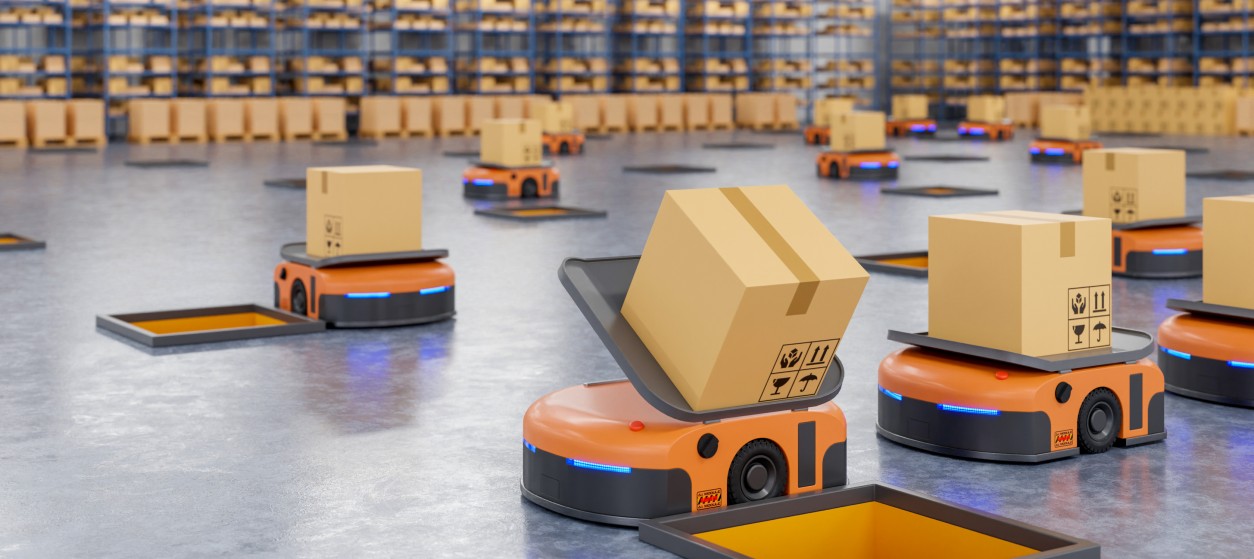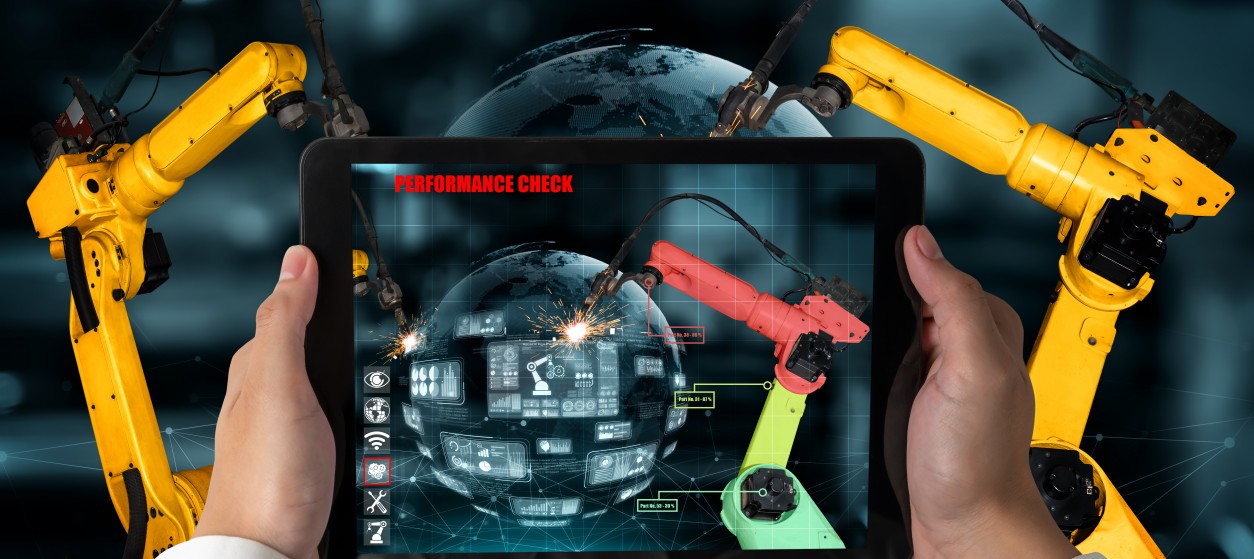Robotic process automation (RPA) is one of the most trending technologies of our time, as many enterprises have either adopted RPA in their enterprise processes or consider adopting it as part of their strategic agendas. According to a recent research report, the RPA market is expected to grow at a Compound Annual Growth Rate (CAGR) of 33% during the period 2019-2025 i.e. reaching a total value of more than $6 billion by 2025.
RPA is a programmable software process that can be configured to perform repetitive tasks across different enterprise applications. RPA programs are usually characterized as “software robots” that can launch and interact with other software modules to complete enterprise tasks. Hence, they are associated with rule-based digital tasks such as filling in multiple forms across enterprise applications or copying and pasting information across different programs. In practice, RPA robots take over simple, manual, and procedural tasks that were previously carried out by human workers. These include typical office automation tasks such as moving and organizing files, copying and pasting information, as well as processing structured and semi-structured data from various documents. RPA programs automate such tasks without a need for tedious programming and without a need for accessing the code or the data stores used by the processes that are being automated.
The Benefits of RPA for Modern Enterprises
The main value proposition of RPA software lies in its ability to deliver cost-savings through automation. Specifically, it automates routine processes, while facilitating others like regulatory compliance. Nevertheless, these are not the sole benefits of RPA. The latter benefits are summarized as follows:
- Cost Reduction due to Automation: Process automation enables enterprises to complete more processes with less human resources. Several enterprises have reported savings of up to 30% on labor costs due to the deployment of RPA. In practice, RPA does not lead to direct cost savings. It rather helps enterprises repurpose employees to more challenging tasks.
- Improved Customer Experience: RPA enables enterprises to reallocate precious human resources to customer service. In this way, enterprises can support more effective customer service journeys, which leads to improved customers’ satisfaction.
- Less Error-Prone Processes: When performing manual, tedious, repetitive tasks, humans are prone to errors. The automation of these tasks reduces the probability of procedural errors and enables enterprises to operate with fewer risks.
- Business Process Reengineering Opportunities: As with many enterprise applications, the deployment of RPA requires a careful reengineering of the business processes involved. This reengineering provides opportunities for improving the efficiency and accuracy of processes, leveraging the capabilities of the robotics software.
- Legacy Compliance: RPA software automates tasks by orchestrating interactions within the existing systems of the enterprise. Hence, it is a solution that ensures compliance with the legacy IT systems and infrastructures of the company, rather than requiring replacing or upgrading legacy systems. Legacy compliance guarantees a smooth migration path and leads to a higher value for money.
- Shift to increased innovation: The reduction of manual and procedural tasks enables enterprises to steer existing personnel towards innovation activities. Hence, RPA facilitates enterprises to innovate in areas like customer service and product development.
ROI Generating Use Cases
RPA processes are currently deployed in a variety of use cases across different industries. Some use cases with proven Return on Investment (ROI) follow:
- Human Resources (HR) Management: HR departments establish and repeat several routine processes such as the onboarding of a new employee, the management of an employee’s benefits, as well as the regular performance review of the staff. These processes include a range of repetitive tasks such as sending e-mails to employees, filling forms, and looking up HR systems and databases. RPA can automate parts of these processes in order to free time of HR experts. This lets HR experts focus on the ever-important part of the HR function i.e. direct contacts and interactions with employees.
- Data Extraction and Information Management: Some of the most common tasks for modern organizations including the extraction, integration, routing, and dissemination of information. As an example, consider the process of extracting some pieces of information from a couple of structured documents and accordingly integrating them in a single report. Employees spend significant time doing such tasks daily. RPA provides the means for automating them in a configurable fashion, which lets the enterprise define data sources, the pieces of information to be extracted, and the format of the final report.
- Financial Management – Accounts Payable and Receivable: One of the most typical ERP (Enterprise Resource Planning) processes for most enterprises involves managing accounts payable and accounts receivable. This involves routine tasks like processing invoices, executing payments, and sending e-mails to suppliers and customers. With RPA it is possible to automate such workflows and schedule their execution on a regular basis.
- Automated Reporting: Enterprises rely on the production of frequent and up-to-date reports for their decision making. The production of such reports involves querying different systems, filtering the results of the queries, and ultimately integrating them in a report. These are all tasks that can be automated as part of an RPA workflow in order to provide enterprises with faster and more frequent access to the reports they need.
- Customer Service Workflows: RPA can also automate customer service workflows in contexts like help desks and service centres. Specifically, the automation concerns the transfer of customer information across systems (e.g., ERP, Help Desk, and CRM (Customer Relationship Management) systems), as well as the processing of their orders and tickets. As already outlined, RPA provides opportunities for better customer service and increased customers’ satisfaction.
The benefits of RPA software lead enterprises to consider how to adopt RPA processes in the best possible ways. Nevertheless, the successful deployment of RPA systems and processes presents challenges as well. As a prominent example, designing error-free and useful workflows is not always a straightforward task. It might entail a significant business process reengineering effort. As another example, there is always a need for managing human factors (e.g., employees’ reluctance and resistance), as RPA changes employees’ roles and pushes them outside their comfort zone. Another challenge relates to the pace of RPA adoption. Enterprises must start small and focus on processes that can lead to a tangible ROI. This means focusing on well-defined processes that can be automated end-to-end.
Despite these challenges, enterprises should consider the adoption of RPA in their short- and medium-term plans. Many companies are already enjoying the business benefits of RPA. This is a very good reason why an enterprise should plan for deploying RPA. Besides, in many cases, RPA is a first and solid step to a company’s AI (Artificial Intelligence) journey i.e. a way to start this exciting journey with the right foot.










